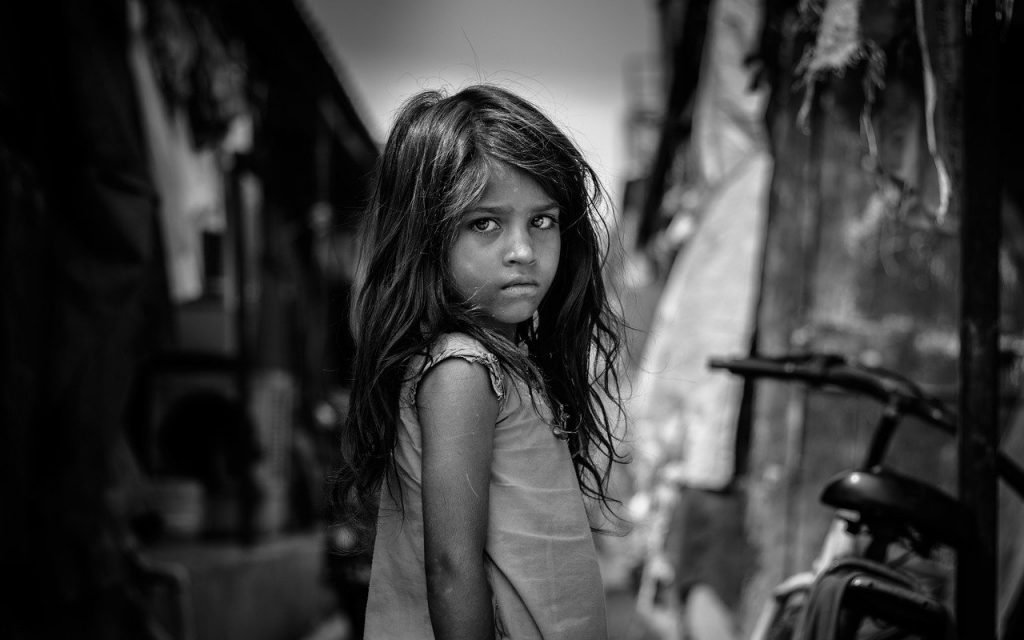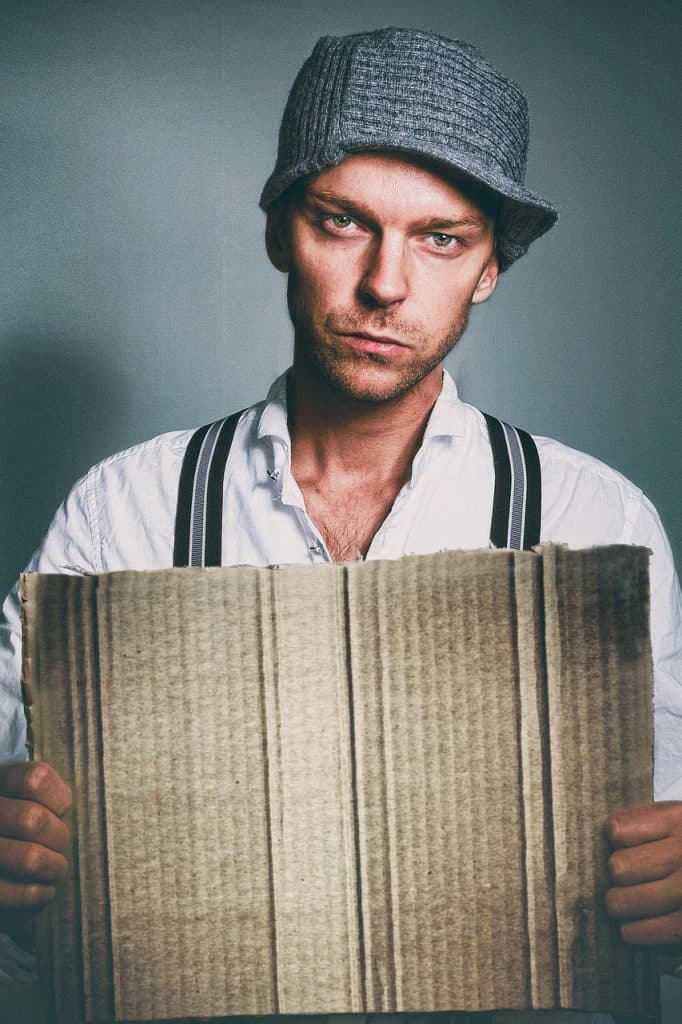Visual Storytelling in Portraiture
Estimated reading time: 5 minutes
Table of contents
If your portraits lack the “wow” factor, or if your viewers don’t share your excitement while creating the image, it’s possible that you’re simply depicting a situation rather than telling a story. For a news photographer, showing something that happened might suffice. For the rest of us, however, this usually results in dull, uninteresting images. Today’s viewers are inundated with visuals on a daily basis, and they expect more than just a simple record of someone they saw. They want an adventure, and you should tell them a story.
Learn to Listen

A great portrait is usually given rather than taken. I’d say that the majority of my portraits are the result of a two-person collaboration. The one in front of the lens is in front of it, while the other is behind it. Before I get into the benefits of creating a portrait with the subject’s awareness and collaboration (Step Two in this article), I’d like to highlight the many advantages of creating a portrait with the subject’s awareness and collaboration.
It not only allows you to control image components such as light and composition, but it also often allows you to hear a story that will inspire you to take a great portrait – this is your subject’s story. It is far easier to create a storytelling portrait after hearing the subject’s story than it is to simply look at his or her appearance.
Overcoming the Fear of Approaching Strangers

This is the most difficult issue for most photographers – approaching strangers. There are so many fears: being hurt or hurting someone else, and phrases like “I do not feel comfortable” or “I do not want to intrude on his / her privacy” are common in this situation.
- Because of the inconvenience, we usually choose one of two options:
- Photographing from a distance
- Failure to take a photograph at all
Many of my students shared that they had spent years telling themselves stories about how much they like landscape and nature photography and how much they dislike portraits, despite the fact that deep down, portraiture drew them in more than any other field of photography.
So, what is the first step you should take to overcome this fear? Stop projecting your own feelings onto others. The fact that you enjoy it so much when your picture is taken says nothing about the person in front of you. You must stop making decisions for the other side and allow him or her to make their own. How? “Sir / Madam, I’m a photo enthusiast, and I’d love to take your picture, and if you’d like, I’d love to send it over to you via email,” he says. If you’re in a foreign country where language is an issue, lifting the camera and smiling might help.
You’ll be surprised to learn that with this technique, you’ll almost always get a “Yes.” You should also keep in mind that hearing an occasional “No” is not your fault (in most cases) and that you should move on to the next subject.

Now, I know what you’re thinking – but where is the spontaneity, where is the authenticity of the moment if I go and approach my subject? That’s a great question! However, in my experience, this is also an excuse we use to avoid taking the first step, as described above. So, while I sincerely believe that great spontaneous photographic moments can be achieved while approaching the subject (a topic I will discuss in a future article), begin with the first step described above, disturbing your thoughts about spontaneity or authenticity. Even those simple, eyes to the lens, photo ID-style portraits will require practice and skill.
Telling a Story with Your Portraits

What exactly is a story? A story, in its most basic form, is a report of sequential events. So, how do you create a sequence of events in a single frame? You simply cannot! A story cannot be told in a single image because the story is created elsewhere: in the viewer’s mind. Your image should be a fragment of a story that inspires your viewer to fill in the blanks and imagine the rest.
Of course, while there are numerous ways to stimulate the viewer’s thinking, one of the most effective is through information gaps. A good portrait, in my opinion, raises more questions than it answers.
Note: If you want to make some adjustments to the photo just let me know. I can do it for you at a very low cost. You can hire me to edit your photo.
LATEST POST
- Best web design companies in Trivandrum
 Rainx LLP, Oregon Technologies, Redwet Solutions, and Globify Digital Solutions are among the best web designing company in Trivandrum, specializing in website development.
Rainx LLP, Oregon Technologies, Redwet Solutions, and Globify Digital Solutions are among the best web designing company in Trivandrum, specializing in website development. - Create a Digital Business Card
 Craft a digital business card that showcases your unique brand and personality. It’s simple to share and easy to update whenever needed. Plus, you’ll benefit from a free domain, hosting, and effortless social media integration. Ideal for professionals in any field!
Craft a digital business card that showcases your unique brand and personality. It’s simple to share and easy to update whenever needed. Plus, you’ll benefit from a free domain, hosting, and effortless social media integration. Ideal for professionals in any field! - DeepSeek AI
 Explore the significant differences between DeepSeek AI and ChatGPT. Experience a more efficient and cost-effective AI solution tailored to your needs.
Explore the significant differences between DeepSeek AI and ChatGPT. Experience a more efficient and cost-effective AI solution tailored to your needs. - AI tools for resume building
 Explore the best AI tools for resume writing freely to create your professional resume to stand out in an interview.
Explore the best AI tools for resume writing freely to create your professional resume to stand out in an interview. - Answer Engine OptimizationDiscover the key differences between AEO and SEO. Learn how Answer Engine Optimization can boost your online presence when combined with SEO strategies.








